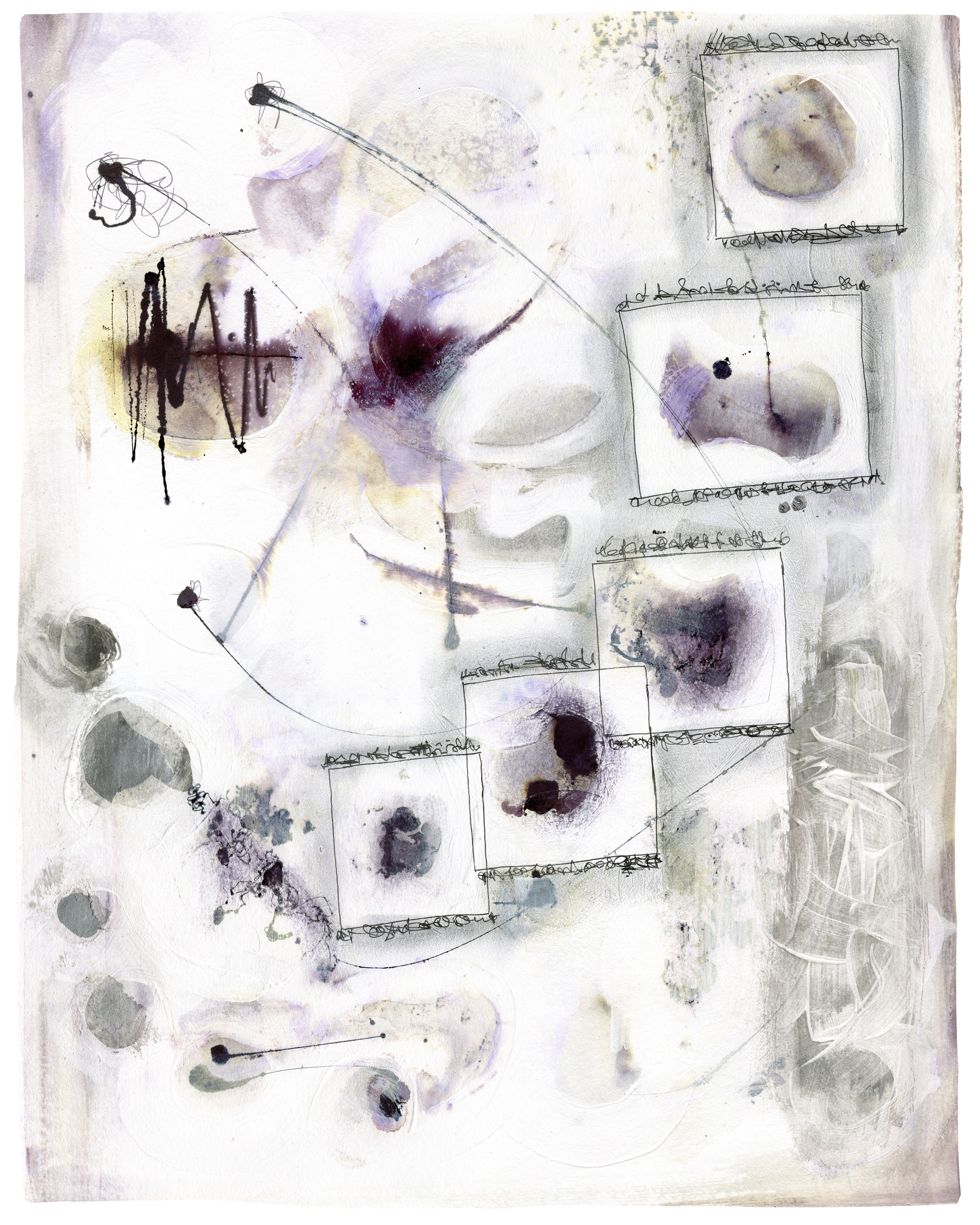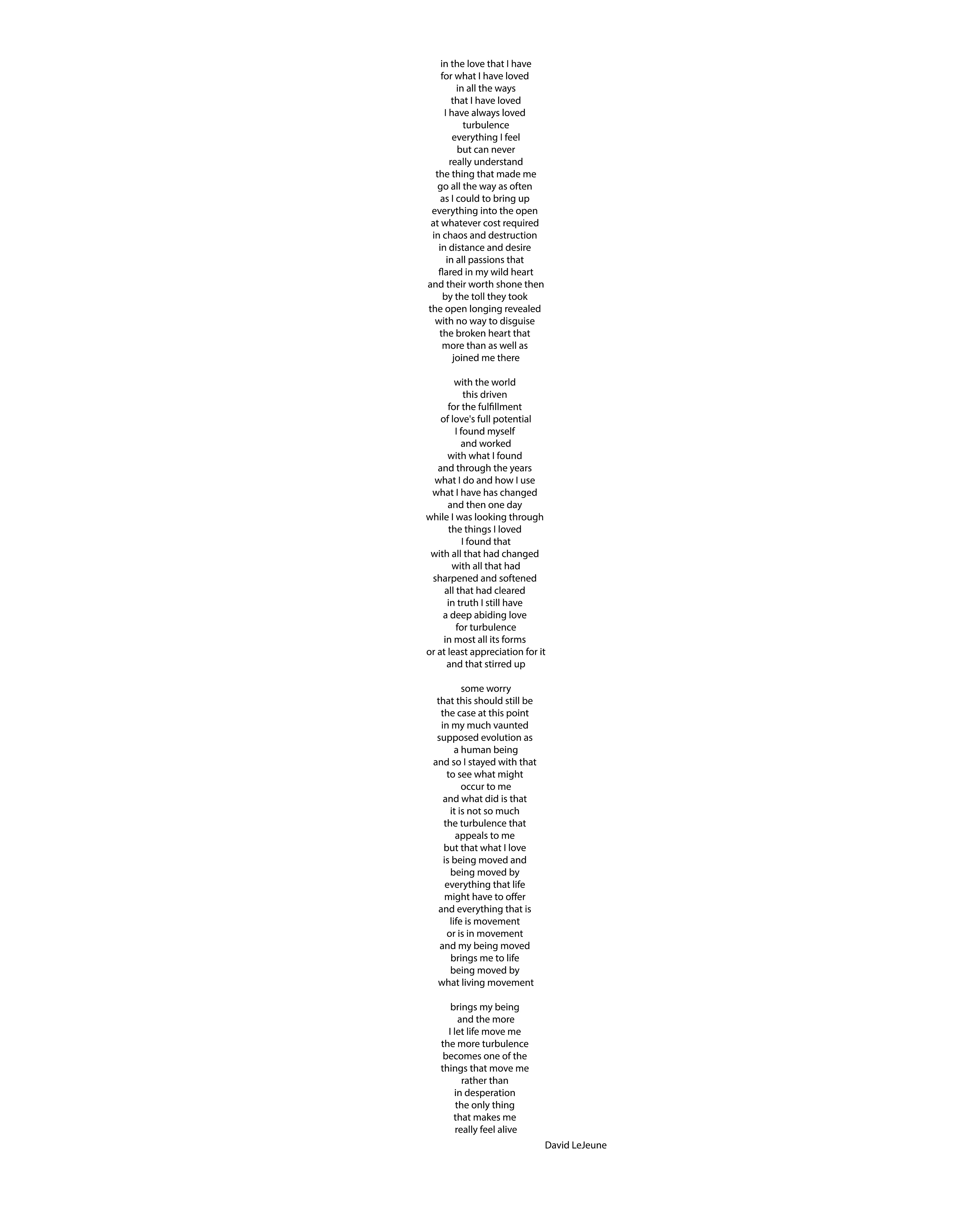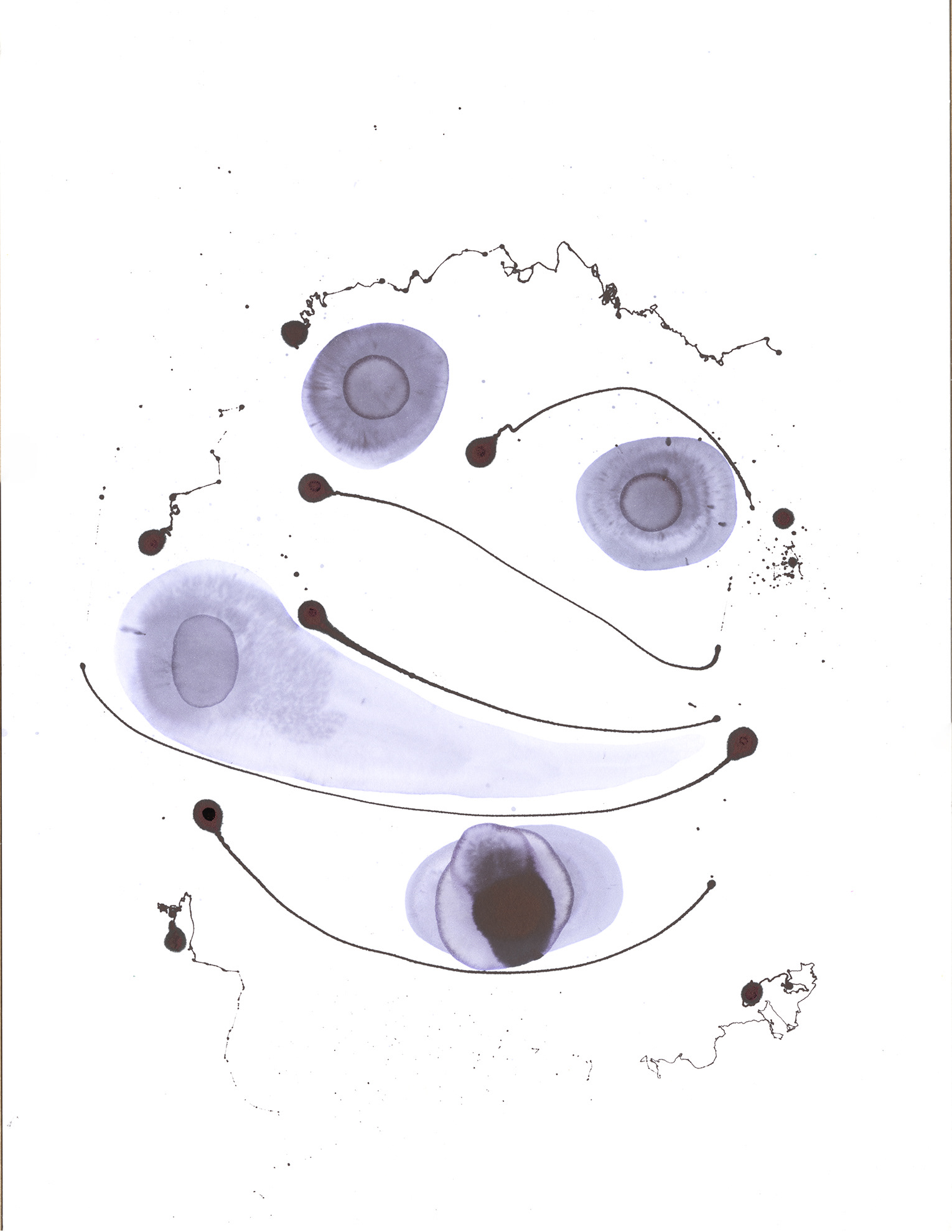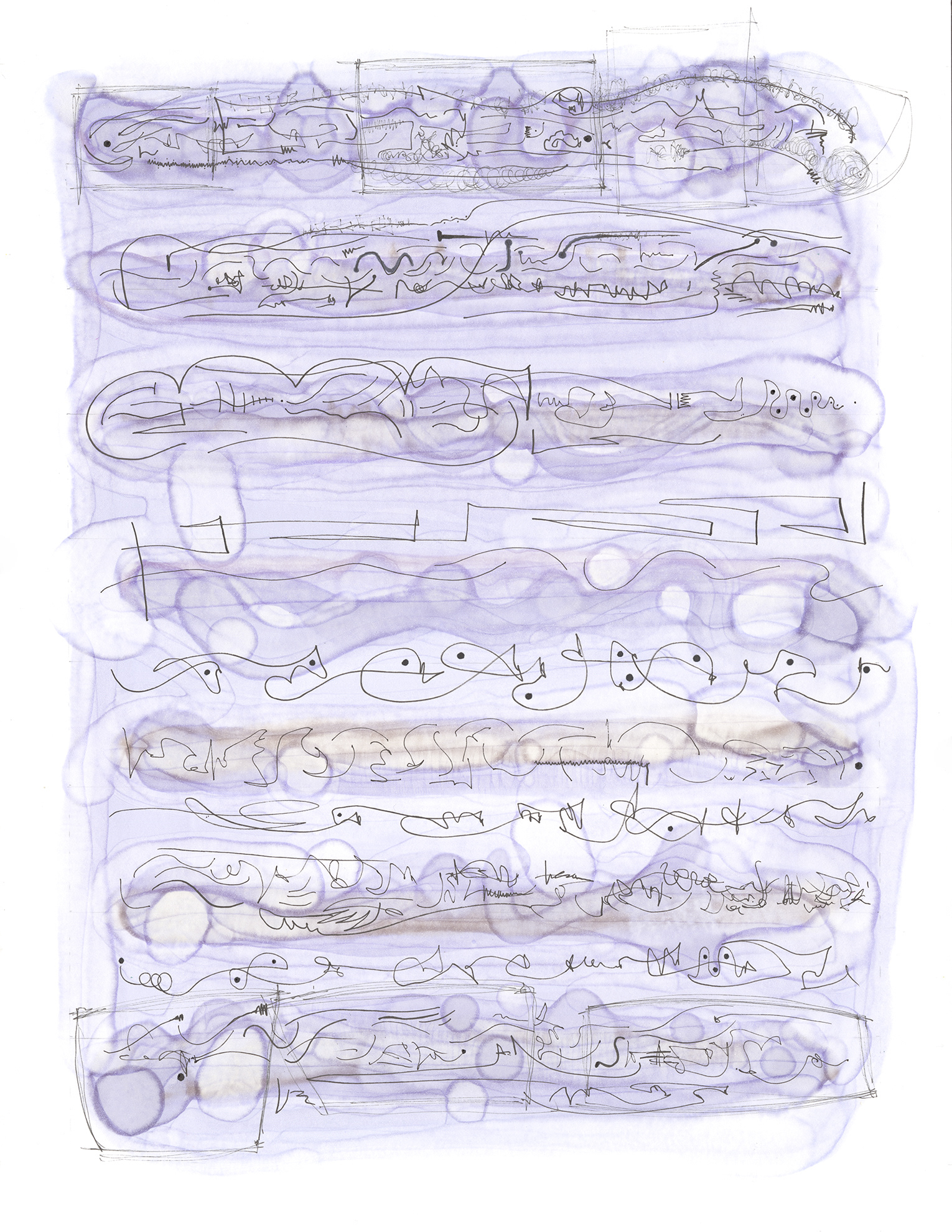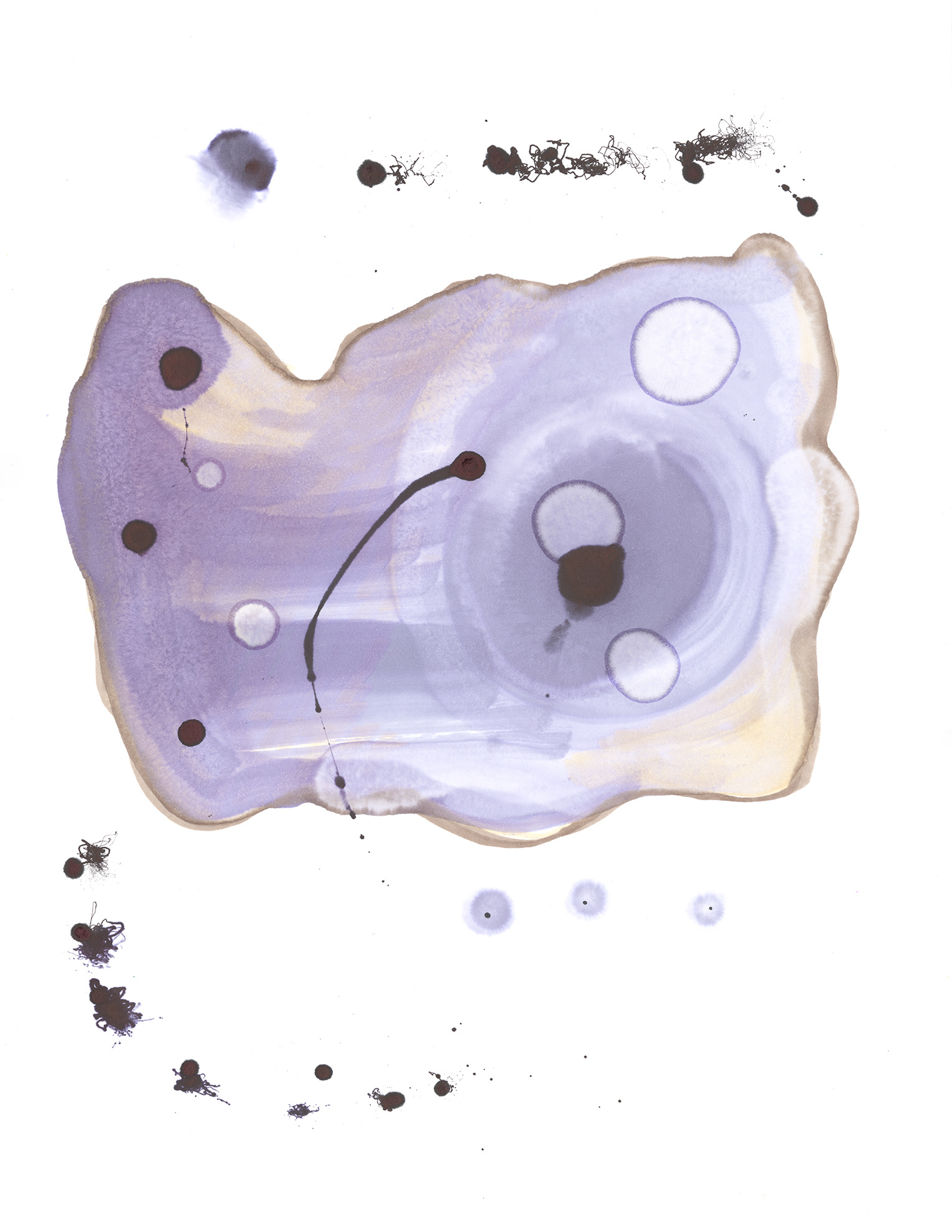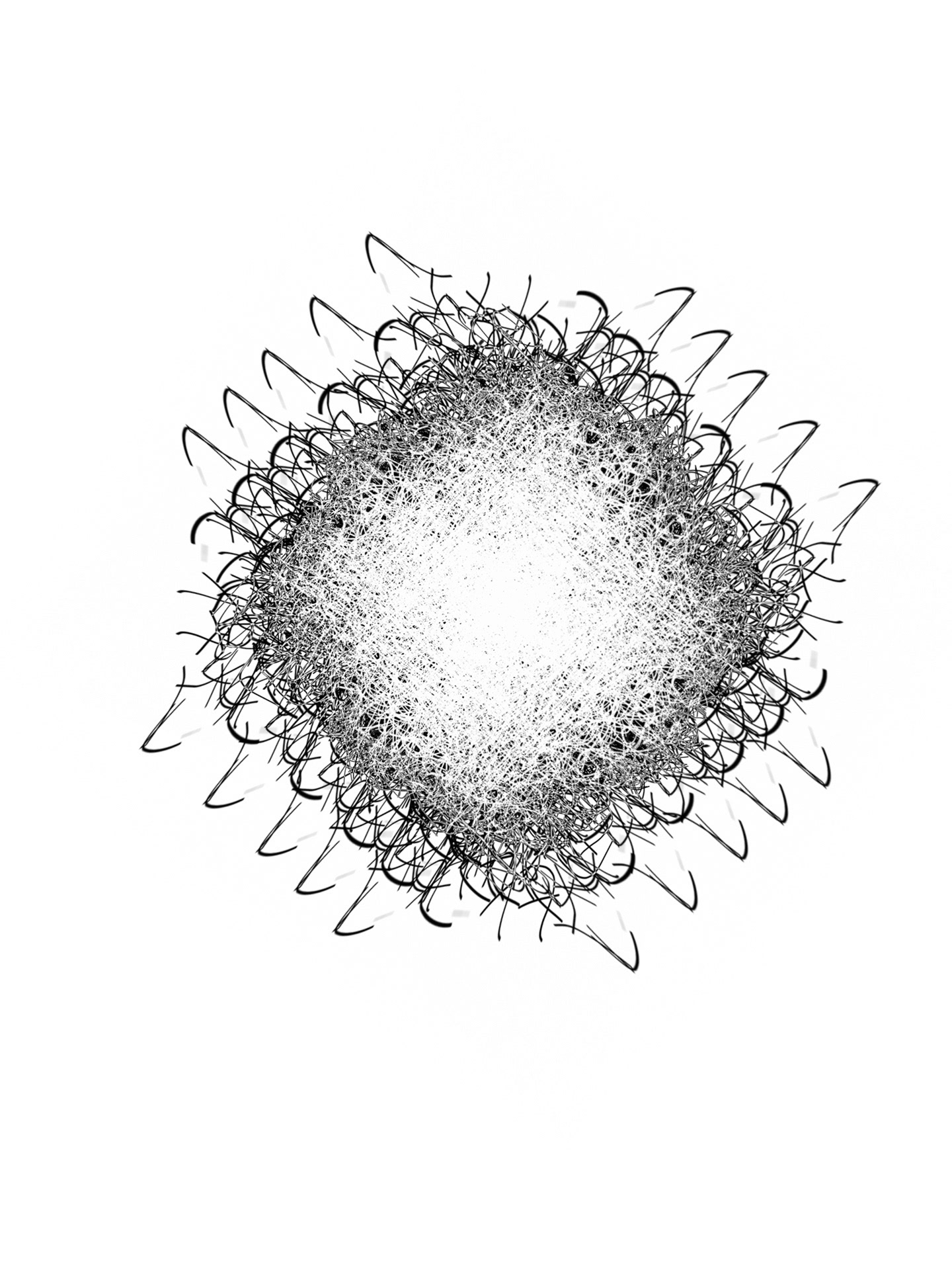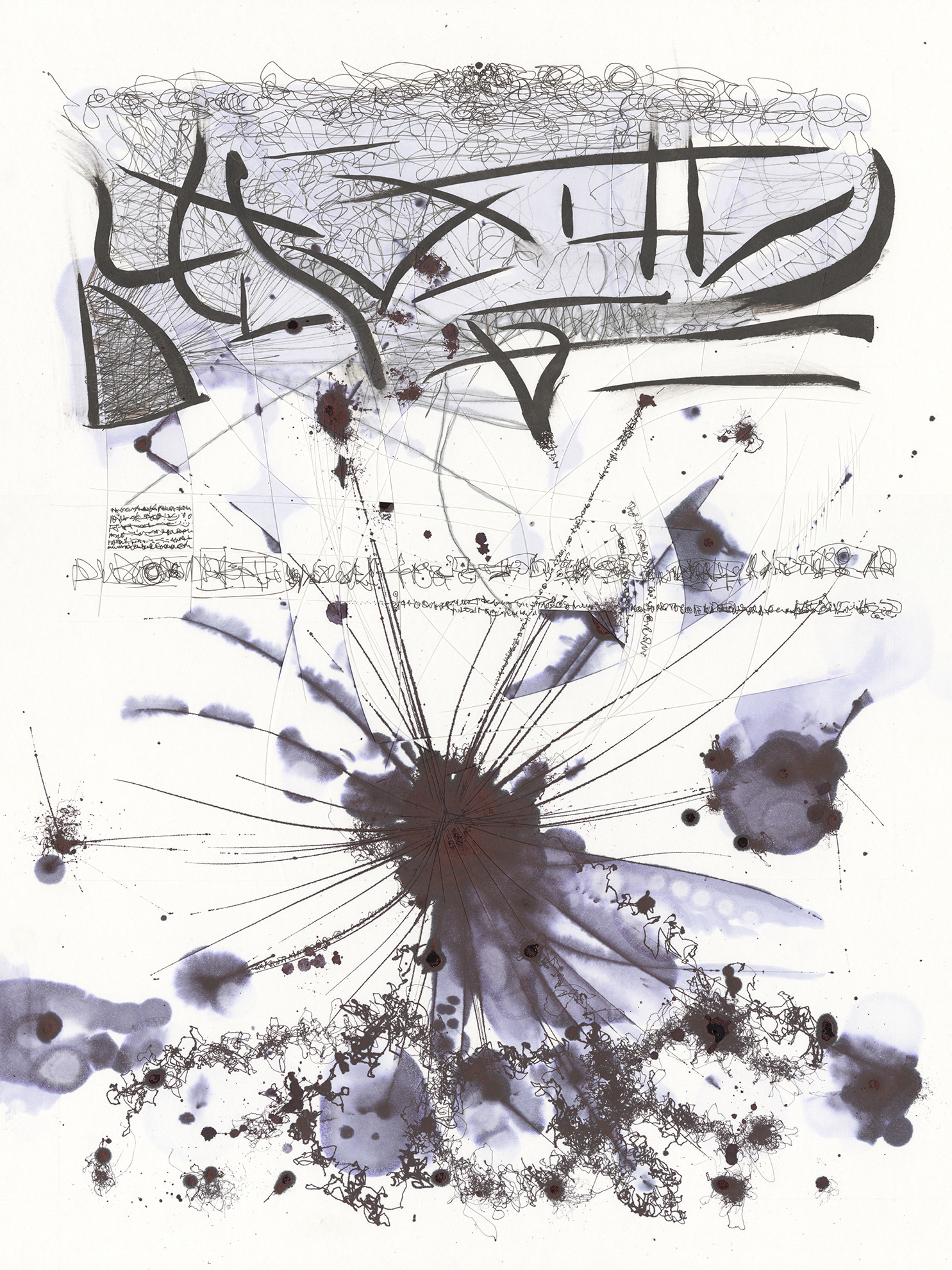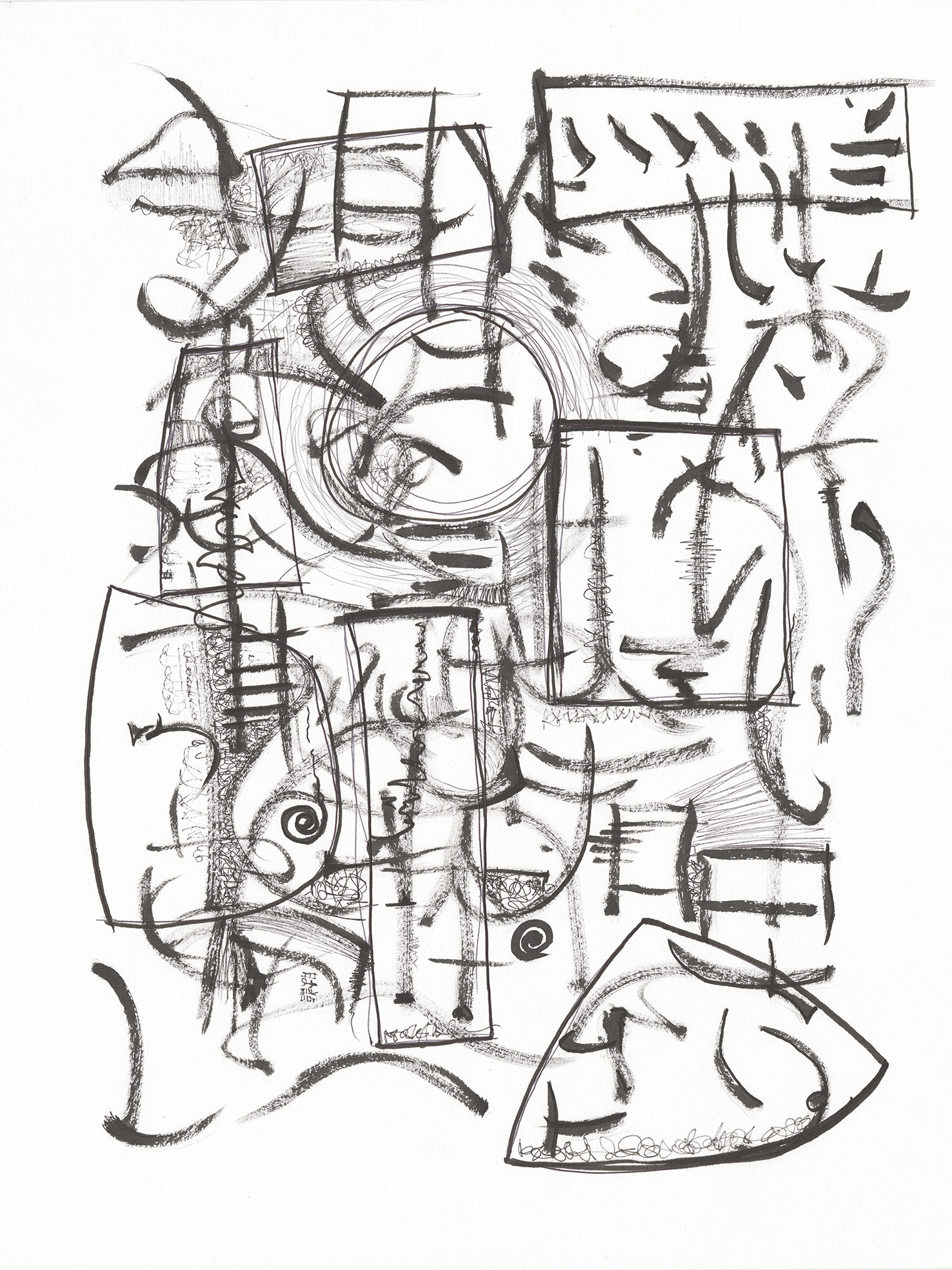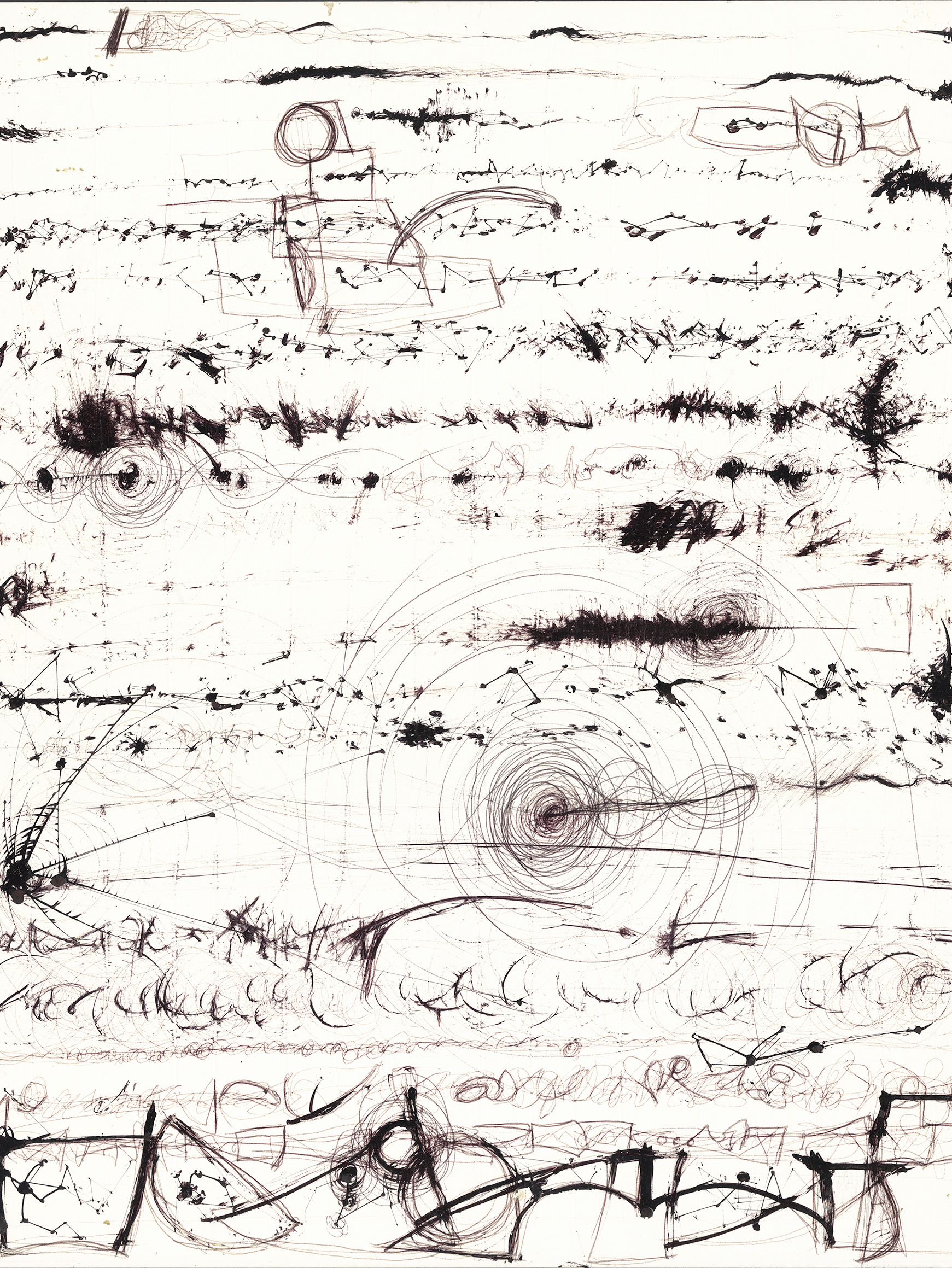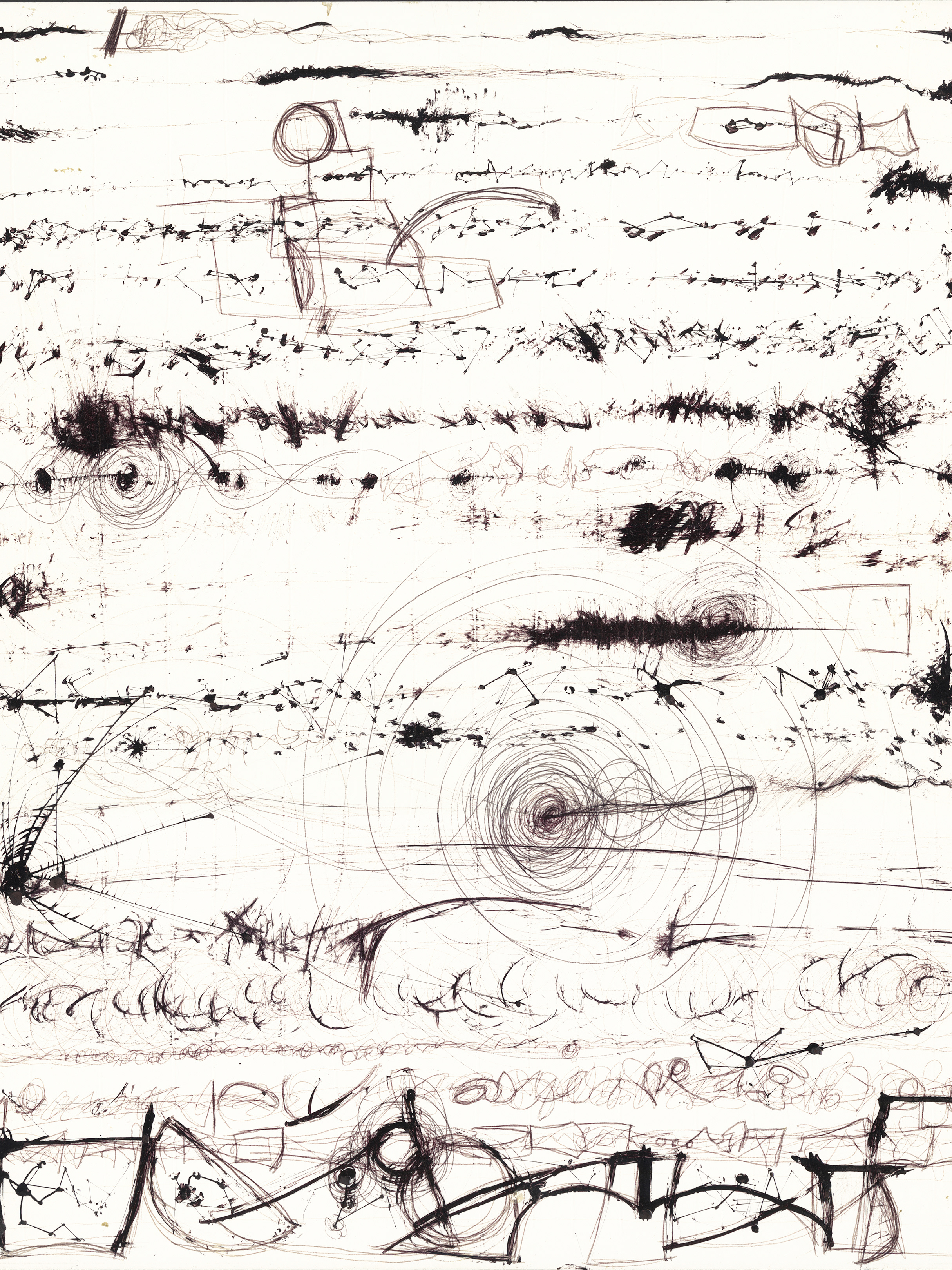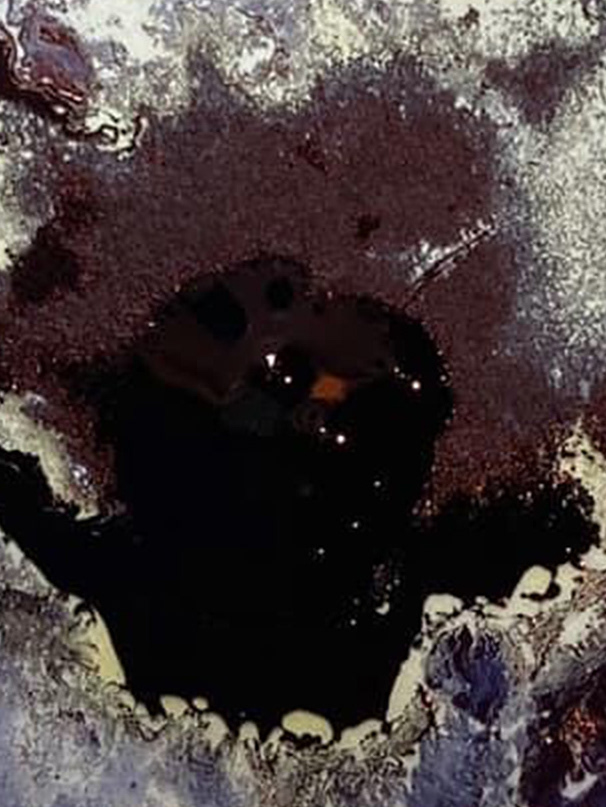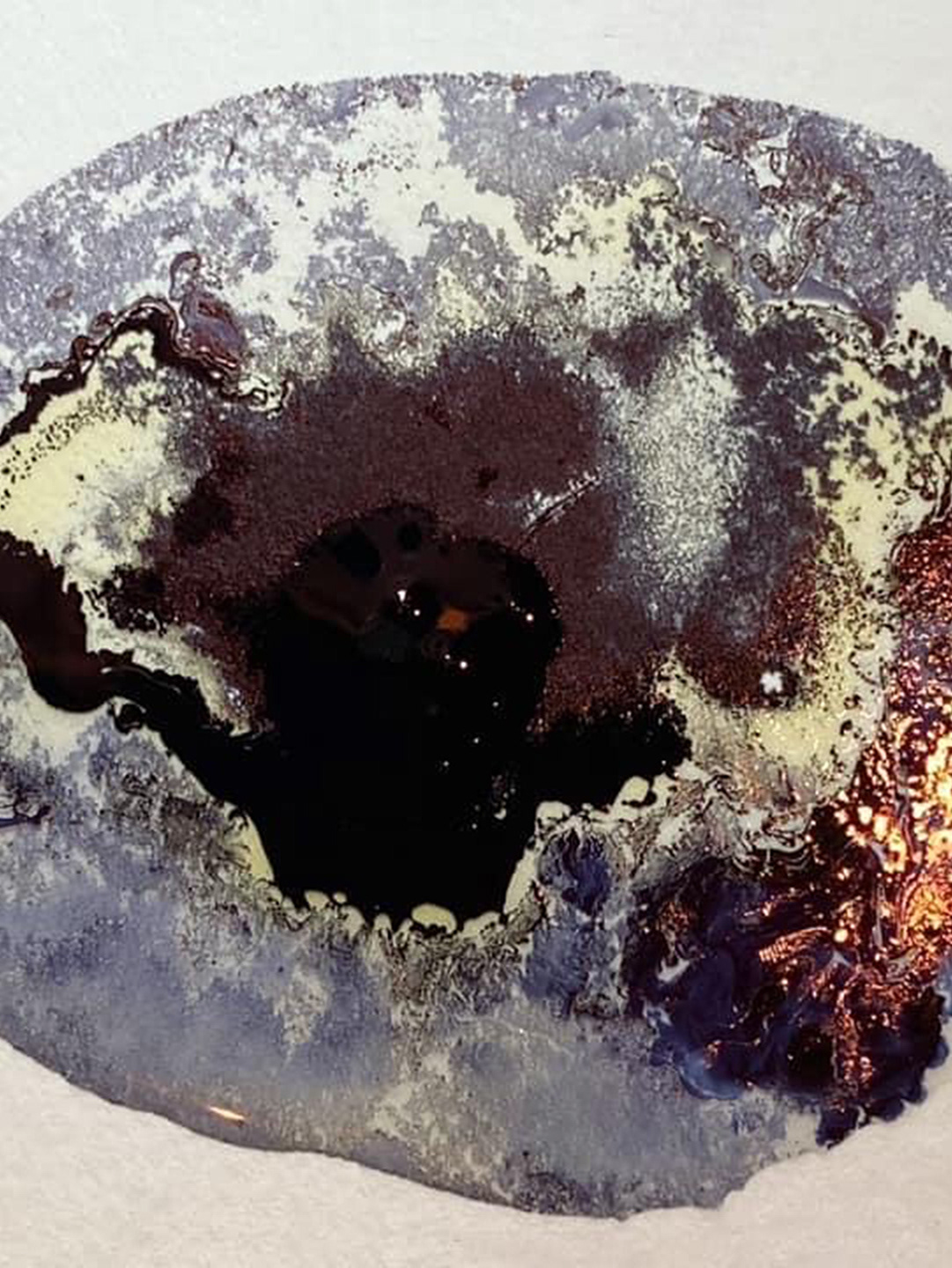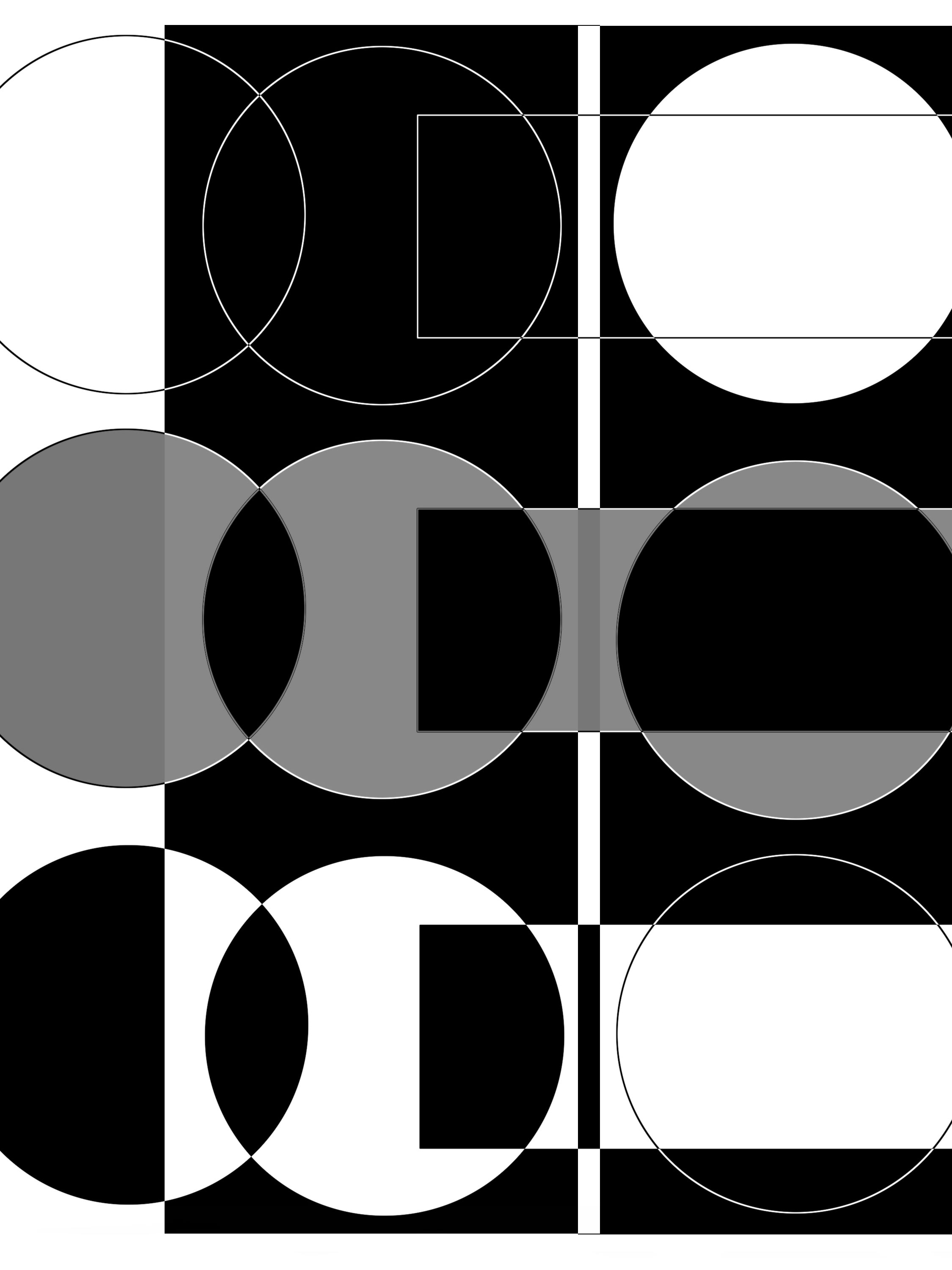What if we created music differently?
How much/ how little do I have to give a musician to create music?
How can I inspire and compel musicians to explore sound in a manner different than dictating their actions through traditional notation?
How can I inspire and compel musicians to explore sound in a manner different than dictating their actions through traditional notation?
Can I create a mechanism that allows musicians to incorporate more freedom into the music creation process?
Previous EYEmusic scores have used visual art combined with a story given only to the musicians. The stories acted as a lens, focusing the musicians performance.
The EYEmusic scores created for “the Poetry Project” are a new development. The scores have been inspired by the works of poets and writers. The first poet for this project is David LeJeune. The audience will read his poetry, see my art, and then hear the instrumentalists and singer craft the music in the moment.
This project will allow me to present to an audience two different interpretations of the same EYEmusic scores and poems by two different ensembles in the same performance. The two ensembles, Loop38 and Relative Dissonance use very different approaches to new music. This is an unprecedented opportunity in experimental music to hear two ensembles interpret the same graphic score!
Previous EYEmusic scores have used visual art combined with a story given only to the musicians. The stories acted as a lens, focusing the musicians performance.
The EYEmusic scores created for “the Poetry Project” are a new development. The scores have been inspired by the works of poets and writers. The first poet for this project is David LeJeune. The audience will read his poetry, see my art, and then hear the instrumentalists and singer craft the music in the moment.
This project will allow me to present to an audience two different interpretations of the same EYEmusic scores and poems by two different ensembles in the same performance. The two ensembles, Loop38 and Relative Dissonance use very different approaches to new music. This is an unprecedented opportunity in experimental music to hear two ensembles interpret the same graphic score!
Click the buttons below each event poster to go to the invitation, and scroll down to see the graphic score with its poem.
The November 14th and 16th EYEmusic Poetry Project events are funded in part by the City of Houston through Houston Arts Alliance, the Lone Star College - Kingwood Fine Art Gallery. and the University of Houston School of Fine Art
Introducing the first poet for the Poetry Project, David LeJeune.
David is a lifelong artist and poet. Liking the idea of poetry more than poetry, early on he set the goal of writing poetry for people who don’t like reading poetry.
David describes himself as having lived a thoroughly impractical life that has somehow worked, and considers his life to be sustained magic act that is and has been as satisfying and surprising as the best improbable fiction.
He was one of 12 artists in the Stonewall 50 show at Contemporary Arts Museum Houston.
EYEmusic "In the love that I have"
Graphic Notation by Aaron Bielish
Poem by David LeJeune
